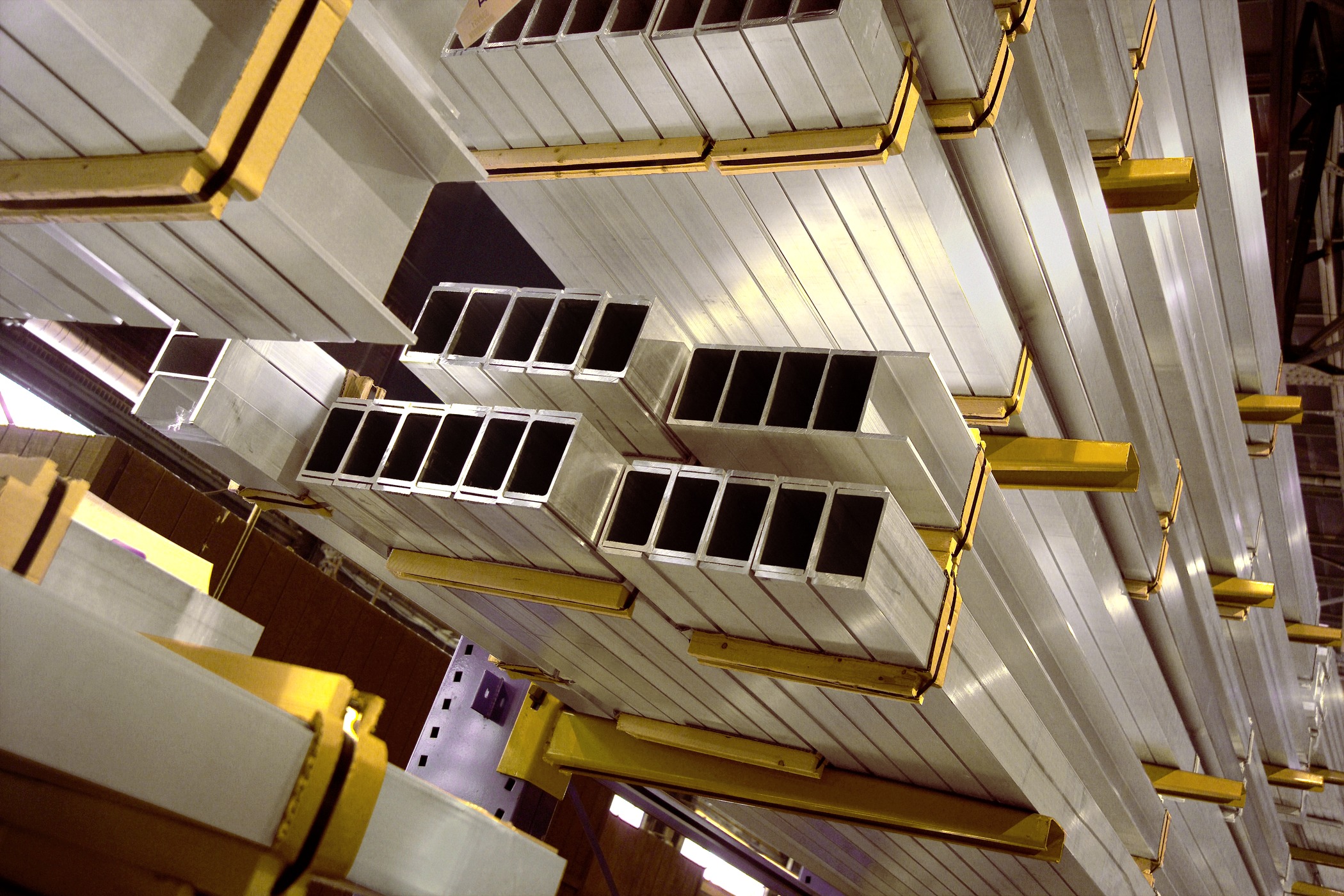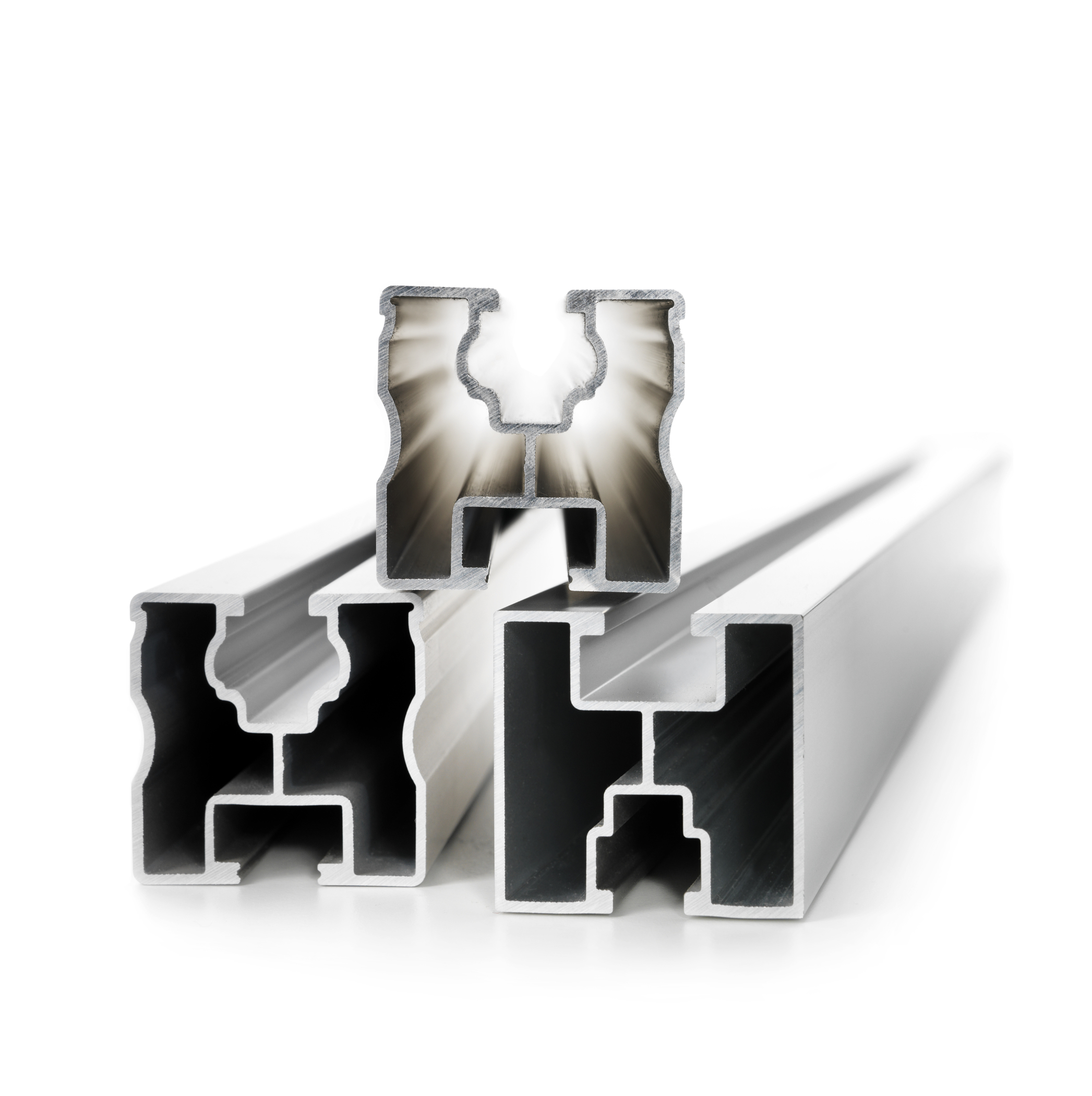Use of Aluminum in Solar Mounting Systems Spreading Throughout the Country
Solar installations are surging throughout much of the United States as projects move eastward from the strong California market. Light-weight aluminum is proving increasingly popular for use in solar mounting systems for these installations. The material’s advantages over steel have become more pronounced as aluminum prices have declined to traditional levels since early 2015 when premiums were at all-time highs.
According to GTM Research’s 2015 Solar Market Insight Report, a new solar project was installed every 2.5 minutes in 2014 as the industry grew 34%, and in the first quarter of 2015, residential solar installations surged 76% from a year ago. Reflecting the move eastward, nine states topped the 100-megawatt mark in solar power in 2014 and Solar Energy Industries Association (SEIA) anticipates that number to rise to 16 states in 2016.
While sunny California continues to far outpace other states, last year’s top 10 states in installations included several in the Northeast and the South, namely, North Carolina, which ranked second, Massachusetts, New Jersey, and New York.
And while no figures exist on aluminum vs. galvanized steel and other rolled materials for solar mounting systems, industry installers and other indicators point to aluminum’s expanded use for both ground and rooftop mounting systems. Initially, galvanized steel was a favorite material, primarily because engineers were more familiar with the metal, and standard steel shapes were readily available.
The benefits of aluminum, particularly extruded aluminum, are becoming increasingly apparent, regardless of where in the USA the mounting systems are located. It proves to be easy to use and economical for a number of reasons.
 Aluminum’s light weight a major plus
Aluminum’s light weight a major plus
Light weight is a critical advantage, especially in rooftop installations. This is especially true in geographical areas where rooftop weights from heavy snow loads in the winter can raise concerns, particularly on older rooftops. In the past, a rooftop solar energy project might not get built if the roof had limited structural capacity and the steel mounting system was heavy. But aluminum rails and wind deflectors on rooftop mounting systems offer a considerable weight advantage.
As a result, with lighter-weight aluminum mounting systems, an engineer can design and an installer can put more solar panels up to maximize the roof’s square footage by using aluminum extrusions for mounts. For elements that move, such as frames in tracking systems, the weight reduction with extruded components can yield significant downsizing and cost reduction in drive systems and other components.
Building codes come into play which establish acceptable rooftop weight loads given the winter conditions, especially in the Midwest and Northeast. This helps explain why aluminum is being used for mounting systems in a majority of the installed commercial roof top and residential projects in those regions.
Additionally, the light weight helps small contractors because aluminum outperforms steel in installation and shipping cost efficiency. For instance, Occupational Safety & Health Administration (OSHA) regulations allow one person to handle 50 pounds, which is heavier than most aluminum parts. By contrast, two people are needed to handle comparable steel pieces without factoring in the cost of lifting steel parts to a roof, where mechanical assistance may be required.
Strength and corrosion resistance is also key
Aluminum is strong and corrosion-resistant, which means it requires less maintenance than steel. Engineers can exploit the high strength-to-weight ratio that aluminum alloys possess as well as aluminum’s corrosion resistance.
The corrosion issue is an important one. In the San Francisco Bay area or along Northeast coasts, steel parts must be recoated or otherwise protected to prevent rusting. As aluminum forms an instant and steadfast oxide film, protecting it against corrosion, there is often no need to provide any additional coating for aluminum extrusions. Aluminum structural mounts are weather-resistant and continue to look aesthetically pleasing over time without requiring additional painting or other maintenance.
 Another benefit: aluminum’s flexible design
Another benefit: aluminum’s flexible design
Increasingly, engineers favor aluminum’s flexibility when designing mounting systems, especially when it involves extrusions. Through the extrusion process, aluminum can be formed into intricate forms and produced to the exact specifications of complicated mounting systems and other structure components. In addition, extruded profiles might require minimal secondary processing and install faster if proper design techniques are used.
The design flexibility of extrusions can’t be overstated. With extrusion, solid or hollow shapes can be customized to achieve the ideal structural or functional purpose. Aluminum extrusions allow for infinite variations in dimensions and shape, and can incorporate functional features easily, such as mounting devices or stiffening ribs.
Sustainability a growing factor: aluminum is highly recyclable
Throughout the industry, the use of sustainable resources is gaining importance to help conserve finite resources and protect the environment. The recycling value of aluminum vs. steel becomes apparent with ground mounting systems for solar projects. Based on scrap values for each material provided by U.S. Geological Surveys, an aluminum structure when decommissioned is worth roughly three times that of steel.
No longer can developers disregard long-term costs of a project, including the total installed cost over the lifetime of a project. The Aluminum Association contends that recycled aluminum pays for its own cost of collection and then some when compared to steel. Recycling aluminum is also much more energy efficient than recycling steel, requiring only 5% of the energy needed to make new aluminum. And aluminum can be recycled repeatedly without degrading. By one estimate, 3/4 of all aluminum ever produced is still in use in products today – making it an ideal material for renewable-energy applications.
Speed to market Is another benefit of aluminum
The tool up for producing aluminum extrusions for mounting systems is quick, usually requiring only a matter of a few weeks for tool creation, and another few weeks for production once the producer is tapped. Tooling costs are relatively low for such extrusions, typically a small percentage of a common stamping die or roll-formed tooling.
This proves important when engineers can spend up to a year in planning a major commercial solar installation, but the mounting systems are considered at the last minute. With aluminum extrusions for residential projects, solar panel installers don’t need to do much customization. The mounting pieces are produced in standard lengths, and installers typically don’t require any job site modifications. All hardware for mounting to the roof and connecting solar panels to the rails are attached through the integrated features extruded into the rails and or module frames.
When considering life-cycle economics, independent studies continue to show that aluminum is a more economical alternative to steel in the production of solar power structural components.
Jason Weber is director of business development for industrial products for Sapa Extrusions.
Sapa Extrusions | www.sapagroup.com
Volume: September/October 2015












